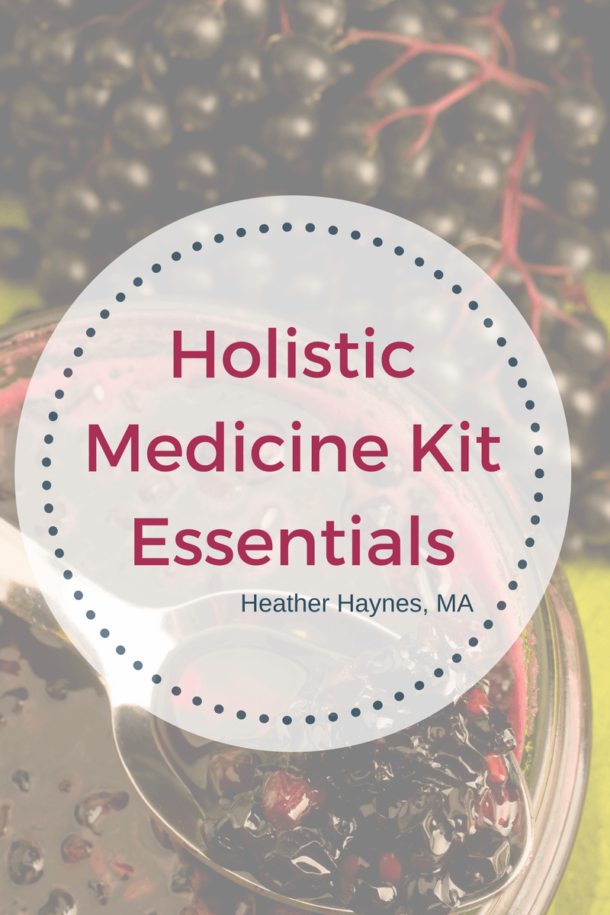I’m often asked why I post so many gluten-free recipes on the Kula Mama website. The second question I usually get is: “What IS gluten anyway?” It seems to be as trendy as ever these days to buy gluten-free products. So what’s with all the gluten-free hype?
Gluten is the sticky protein found in many grains like wheat, rye, barley, oats, spelt and kamut. Gluten serves as the glue that holds ingredients together in breads, crackers, packaged goods, etc. It helps baked products stay soft, moist and flexible…just like we like them. Gluten keeps cheese spreads, dressings, and condiments silky smooth and spreadable. Because of its versatility and ability to enhance the appearance and usability of packaged foods—gluten is used extensively in food processing. Additionally many growers are now growing high gluten grains that contain more gluten than ever before.
For kicks, let’s review gluten vs. non-gluten grains (sound fun?).
Gluten Grains:
- Wheat
- Barley
- Spelt
- Kamut
- Rye
- Triticale
- Cereal
- Oat
- Couscous
- Bulghur
Non-Gluten Grains:
- Brown rice
- Buckwheat
- Millet
- Amaranth
- Teff
- Quinoa
- Basmati rice
Products Containing Gluten and Gluten Derivatives (this list contains only a few highlights for a more extensive list click here.):
- Grain alcohol (beer, whisky, vodka)
- Canned foods including soups, vegetables and meats
- Chewing gum
- Instant hot drinks (coffee, tea, hot chocolate)
- Ketchup and mustard
- Salad dressings (unless labeled gluten-free)
- Soy sauce (except tamari which is wheat-free)
- Sausages
- Sweets (cakes, cookies, candies, muffins)
- MSG
What’s so Wrong with More Gluten-Containing Grains and Food Products?
Gluten is a large protein, making it hard to digest. Records reaching back to as early as the second century BC report digestion upset due to gluten-containing grains. Gluten digestive problems are not new, however, modern-day food products contain much more gluten than every before so our exposure (and reactions) to gluten have markedly increased.
Genetics can also play a role in gluten sensitivities. Gluten researcher, Kenneth Fine, MD estimates that up to 81 percent of Americans have a genetic predisposition to gluten intolerance. Having the “gluten gene” means that eating gluten will weaken the intestinal tract and increase an individual’s susceptibility to developing gluten intolerance. So if you follow those odds, most of us should avoid gluten. Want to know if you carry the gene? Tests are now available for around $100 and can be ordered through a qualified health practitioner.
How do Food Sensitivities or Intolerances Form?
While the jury is still out on exactly how food sensitivities and intolerance develop there is evidence to suggest a few factors play a role including:
- Decreased immune function (due to many factors including, stressful lifestyle, illness, poor diet, trauma, injury, etc.)
- Repeated exposure to a particular food by eating the same food items over and over and over and over and over….you get the picture.
- Genetic predisposition.
- Body’s lack of proper enzymes to digest foods.
How Will I Feel if I Have a Food Sensitivity or Intolerance?
Many times a person’s reaction to a particular food appears 6-72 hours after eating. This is why it is hard to pinpoint a food sensitivity or intolerance. (Check out this article for more information on food sensitivities.) You may have one or several of these symptoms 6-72 hours after eating a problem food. The best way to discover if you are sensitive to a particular food is to do an elimination diet and slowly introduce problem foods in one at a time to check for symptoms.
Food Sensitivity Symptoms
- Asthma
- Sinusitis (sinus problems)
- Rhinitis
- Headaches/Migraines
- Stomach irritation
- Heartburn
- Brain fog
- Eczema
- Dark circles under eyes
- Flu-like symptoms
- Fatigue after meals
- Chronic fatigue
- Gas/bloating
- Depression
- Anxiety (remember this?)
- Heart racing or irregular heart beat
- Joint pain
- Diarrhea/constipation
- Ear infections
- Stuttering/stammering
- Back pain/neck pain
What Happens When you Eat Problem Foods?
Inflammation occurs as a result of eating problem foods…and inflammation involves the immune system. If a person continues to trigger the immune system by eating foods they are sensitive to, eventually autoimmune disorders can develop (autoimmune disease means the immune system starts attacking tissues of the body) including Hashimoto’s disease (an autoimmune thyroid disease), rheumatoid arthritis, and multiple sclerosis.
In my case, I’ve always known I was sensitive to dairy, wheat (gluten), and soy, however, for much of my twenties it was just “too hard” to adjust my diet completely. I spent many years feeling sluggish, congested, ANXIOUS, and gassy (yes, gassy). I began cleaning up my diet in my thirties, but unfortunately, remnants of my twenties lifestyle still remain today. I did some routine blood work with my nutritionist last month and found my body is showing low levels of TPO antibodies (a sign I’m headed towards Hashimoto’s disease if I don’t clean up my diet and remove gluten completely). For women with thyroid markers (antibodies) or thyroid disease, taking gluten out of the diet is especially important because several studies show a strong link between gluten intolerance and Hashimoto’s disease.
What if my Child has a Gluten Intolerance?
More and more children are showing symptoms of gluten intolerance. Walk into any grocery store and you will notice the gluten-free section is growing rapidly, including food products for babies and children. It can be difficult emotionally for a child to go gluten-free, especially at birthday parties when birthday cake is hard to avoid! The health benefits are worth the added effort it takes to keep your house gluten-free. And lucky for us mamas, it’s easier than ever to stay away from gluten. Here are some tips for transitioning your child to a gluten-free lifestyle:
- Make sure you keep explaining to your child why it is so important to stay gluten-free.
- Plan ahead when you go out and keep tasty gluten-free snacks on hand (gluten-free birthday cake DOES exist and it’s delicious!).
- Consider having the entire family go gluten-free in support of your child. This will lessen the emotional impact of seeing family members enjoying gluten-containing foods the child can not have.
- Make the process as fun as possible. Learn new recipes together, experiment as a family and remember how much better your feel living gluten-free!
The Bottom Line on Gluten.
Most healthy individuals can eat most foods without problems. If a person is eating a wide variety of foods (and rotating them) the risk of developing food sensitivities lowers. In the case of gluten, it may be harder to pin point when you are eating it because gluten appears in so many food products. Because gluten is a large protein and is so hard to digest, it is worth it to become aware of how often you eat gluten and how you feel when you do. Not sure? Consider taking gluten out of your diet for a month and then adding it back in to observe any reactions you may have. If gluten doesn’t seem to be a problem for you, great, keep it in the rotation on a limited basis (remember, it’s hard for your body to digest anyway)…and make sure you add in lots of non-gluten containing grains for variety and added nutrition.
Resources
One of my favorite Gluten-free Blogs is here (she has a great resource section with links to all sort of gluten-free blogs as well):
One of my nutrition mentors wrote this great brochure about gluten-free living:
A great resource book about the gluten/thyroid connection:
Why Do I Still Have Thyroid Symptoms?
Here is a great book about the connection between a gluten-free/casein-free diet and the treatment of ADD/ADHD (also known as autism spectrum disorders). Gluten-free diets are discussed:


